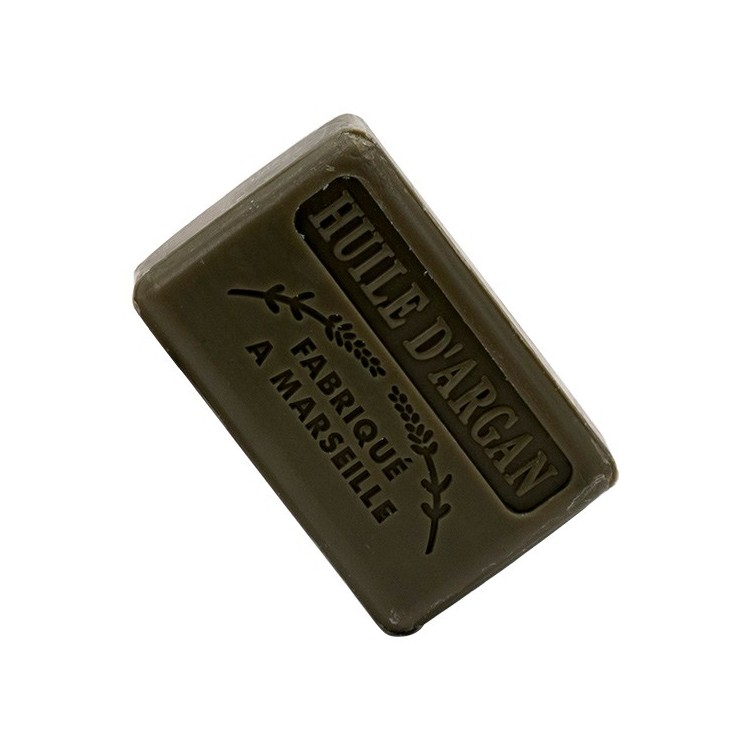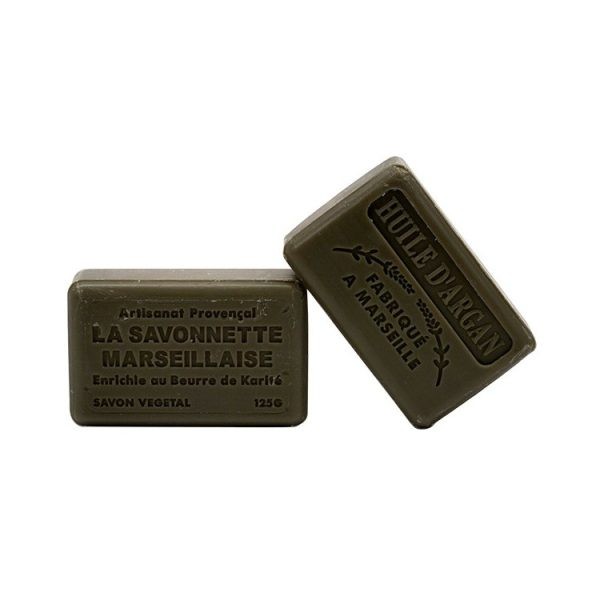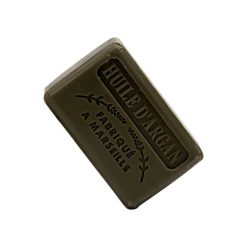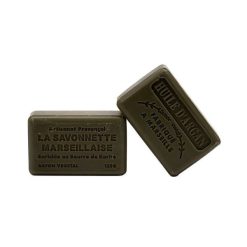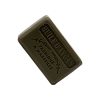Argan oil
5,15€
Argan oil soap is highly appreciated for its skin-friendly properties. Cleans and purifies, it is rich in vitamin E, vitamin A and contains a large amount of antioxidants.
Argan oil is extracted from the ripe seeds of the berry of the argan tree (Argania spinosa).
Argan oil’s powerful combination of antioxidants and vitamin E increases skin elasticity, has rejuvenating properties, and hydrates and stimulates the skin’s ability to retain moisture, and even helps wounds and cuts heal faster.
Size: 100g

